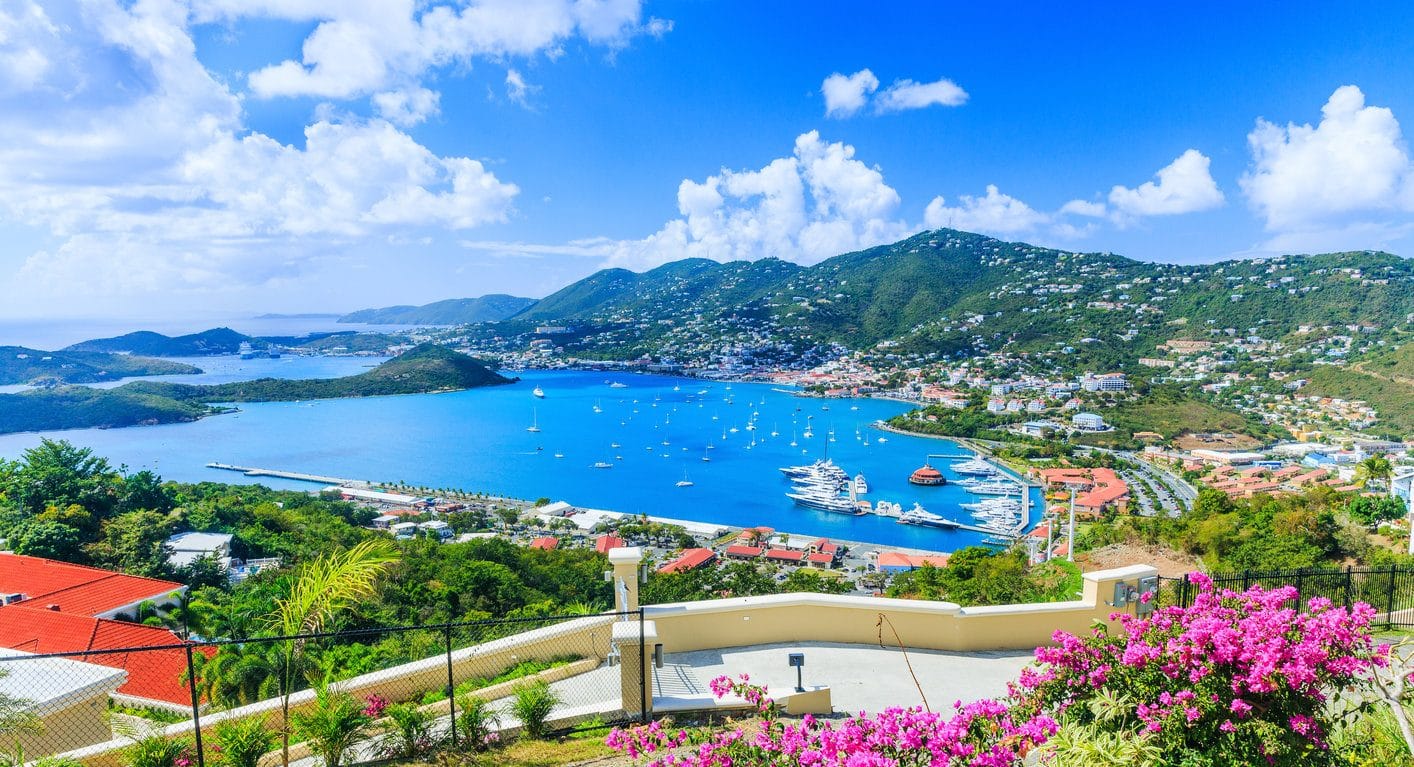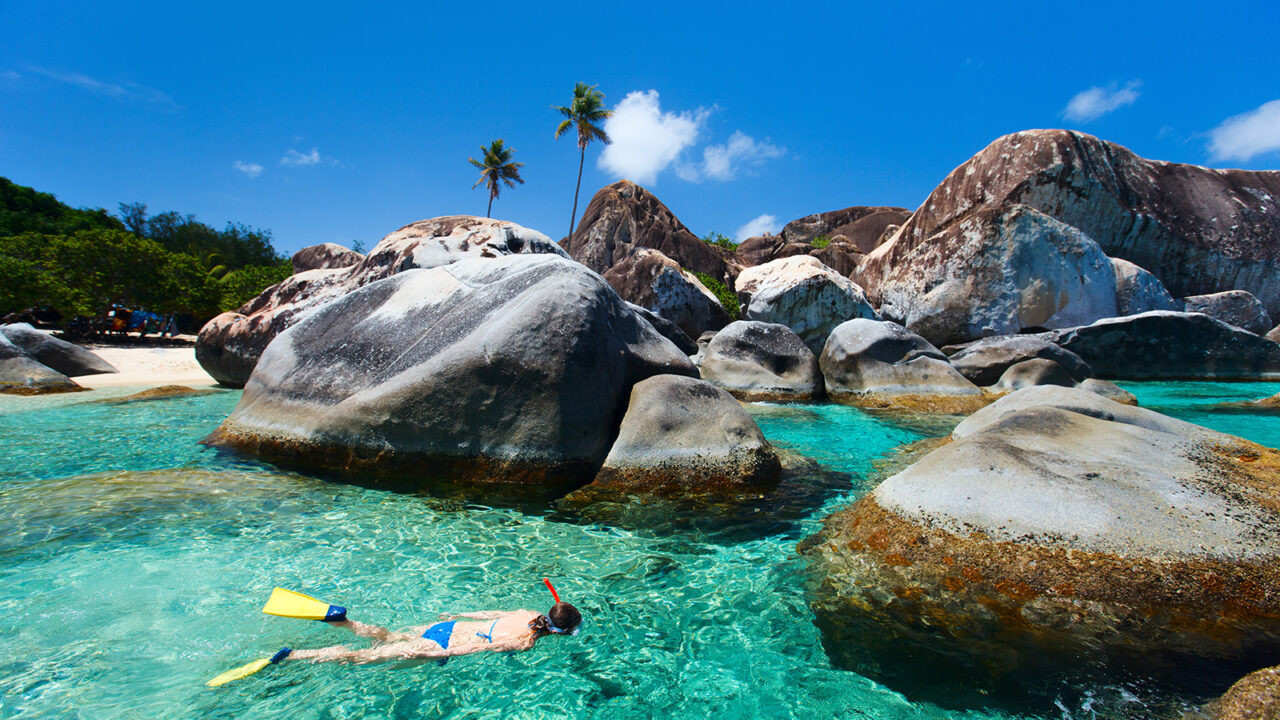
The Best Beaches in the U.S. Virgin Islands
Turquoise bays and white-sand beaches
Clear blue water, verdant green mountains and picturesque bays dotted with sailboats fill the scene in the U.S. Virgin Islands.
The U.S. Virgin Islands are a popular travel hotspot for beach lovers looking for a tranquil escape in the Caribbean. Each of the islands has its own unique character and personality with some offering a more laid-back and relaxing vacation experience and others famous for their nightlife and wealth of dining options. From St. Thomas to Water Island, you’ll find everything you need for a memorable beach vacation.
Located approximately 1,100 miles from the southeast coast of Florida and comprised of four main islands: St. Croix, St. John, St. Thomas and Water Island. Much of the natural environment is made of pristine, white-sand beaches, coral reefs and mangroves. From salt ponds to beautiful forests, you’ll find dozens of untouched natural sites that serve as the home of small animals and marine life.
